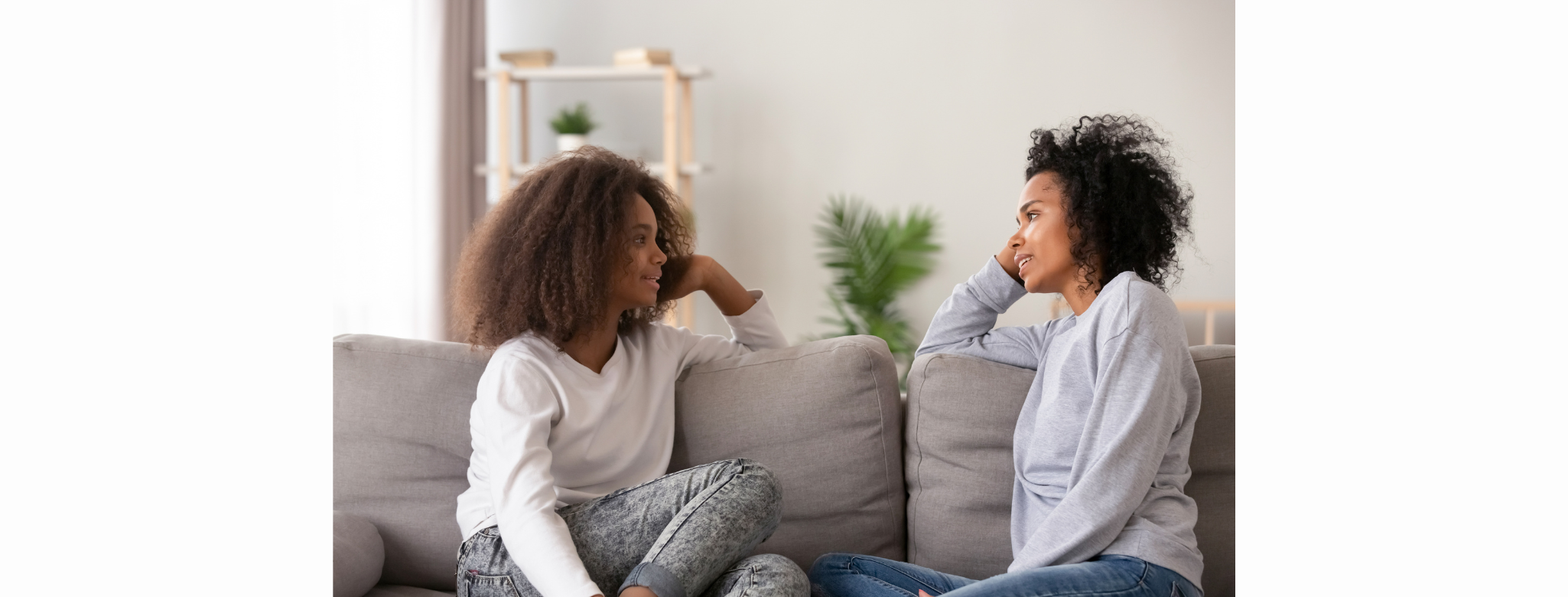Parenting Through Anxiety: How to Support Your Anxious Child with Confidence and Connection

By Dr. Carrie Anne Dittner
As a mom, there’s nothing harder than watching your child struggle. There are so many ways in which anxiety shows up—tears at drop-off, clinginess, bedtime worries, or big feelings about school or friendships—it can feel overwhelming for both of you. It’s natural to want to fix it or make it go away. But here’s something important I want you to hear:
Anxiety isn’t a bad emotion. Don’t fix it.
It is so important to know that anxiety is a normal, human response to uncertainty, change, and challenge. It shows up when something matters. Anxiety is uncomfortable for both you and your child. It is supposed to be. And while it may not feel good, it’s not dangerous. Learning to understand and move through anxious moments is an essential part of growing up—and the way that you respond to anxiety is so important in helping your child respond to it, too.
1: It’s NORMAL, not bad!
All children feel anxious at times. It is human. It’s part of learning and facing new experiences. Anxiety might show up during transitions, like starting school or trying something new. It might arise during social interactions, after hearing a scary news story, or even during everyday routines like separating from you.
And here’s something I tell all of my families who are facing anxiety and find reassuring: anxiety actually has a job.
As I explain to my families, anxiety is our body’s built-in alarm system—designed to help us stay safe. When your child feels anxious, it often means their brain is scanning for danger or uncertainty and trying to protect them. That’s not something we want to shut down or get rid of. We need anxiety sometimes (think storms, tornados – we need to be on alert!) Rather, we want kids to understand when it’s a real alarm or a false alarm. The goal is to help kids learn to listen to that alarm and figure out:
- Is this a real danger?
- Or is it a false alarm that we can move through with support?
This way, kids learn that anxiety isn’t the enemy—it’s a messenger that is sending our brain and body important information. With your help and practice, they get better at deciding what to do with the message.
When your child feels anxious, it often means their brain is scanning for danger or uncertainty and trying to protect them. That’s not something we want to shut down or get rid of.
Dr. Carrie Anne Dittner
2: What Your Child Needs Most is You
Your presence matters more than your solutions. Read that again!
When your child is anxious, what they need first is your connection—not a quick fix. This is SO HARD! Most of our parental instinct tells us to fix it. You don’t have to talk them out of their fears, give perfect advice, or eliminate all the hard feelings. It is uncomfortable and it won’t last. For example, try showing up with empathy and confidence in these types of statements:
- “It’s okay to feel nervous. I’m here with you.”
- “This is hard, and I believe you can handle it.”
- “This feels like anxiety. Let’s take it one step at a time.”
These simple words send a powerful message: Your feelings are valid, and you’re not alone in them and I BELIEVE IN YOU.
3: Resist the Urge to Rescue
I want to reiterate that this is the hard part —especially when your child is in distress.
It’s so tempting to avoid the thing that’s causing the anxiety: skipping the party, letting them stay home from school, or stepping in to speak for them. Sometimes, short-term accommodations are necessary; but if we do this every time they feel anxiety, THEY won’t learn to handle it. And our ultimate job as parents is to help our kids grow confidence in doing hard things!
Think of yourself as a “coach” on the sidelines—offering encouragement, cheering them on, and giving small nudges forward while staying connected.

4: Model Calm
Your nervous system is contagious. What I mean by that is this: if we are anxious, our child will pick up on it and this will create MORE anxiety. One of the best things you can do for your anxious child is to stay grounded yourself. Take a deep breath or pause a bit before you respond. Get down on their level. Speak slowly. Make eye contact. Use a reassuring touch. If you’re feeling overwhelmed, it’s okay to step away for a moment to collect yourself.
You don’t need to be perfect. You don’t have to say anything specific. You just need to be present. Being alone with anxiety is too scary (we adults feel this way, too); your child needs you next to them.
5: Practice Coping Together
Help your child learn to work with their anxiety and manage it (make it smaller) —not fight against it. Remember, we are not trying to get rid of it! We are trying to learn and manage it. Together, you can explore what helps them feel more grounded. I cannot emphasize enough that it is important to do these things WITH your child (rather than tell them to go do the strategy alone – remember, we need to be with them – see #2). These are some ideas I use with kids in my practice:
- Movement (like walking, stretching, or jumping)
- Breathing exercises or visualizations (imagining yourself in your favorite place – all the sights, sounds and feelings)
- Drawing
- Giving space for the anxious feelings – talking about it (but not for too long) and listening
Try a few and make it playful—so it feels less like “fixing” and more like growing.
Final Thoughts!
The goal isn’t to get rid of anxiety altogether—it’s to help your child develop the confidence and tools to face life’s challenges, knowing they are loved and supported no matter what they’re feeling.
And remember: anxiety isn’t a bad feeling—it’s one of many feelings we have. A signal that something needs attention. With your support, teaching and guidance, your child can learn to pay attention to the signal when needed—and keep going when it’s safe to do so.
You don’t have to have all the answers. You just need to keep showing up with love, listening, and the belief that your child is capable—and that connection is always the way forward.
About the author. Dr. Carrie Anne Dittner is the Founder of Peak City Psychology. She is a native of Upstate New York and graduated Binghamton University with Honors in Psychology. For the past 20 years, Dr. Dittner has provided comprehensive psychological assessments, therapeutic interventions, and support to children, adolescents and families. Her clinical expertise includes working with children and families navigating anxiety, ADHD, life transitions and chronic illness. She has specific expertise in parenting stress and helping parents navigate parenting through various developmental stages.
Spread the word
Medical Disclaimer: All content found on the HER Health Collective Website was created for informational purposes only and are the opinions of the HER Health Collective experts and professional contributors. The Content is not intended to be a substitute for professional medical advice, diagnosis, or treatment. Always seek the advice of your physician or other qualified health providers with any questions you may have regarding a medical condition. Never disregard professional medical advice or delay in seeking it because of something you have read on this Website. If you think you may have a medical emergency, call your doctor, go to the emergency department, or call 911 immediately.
